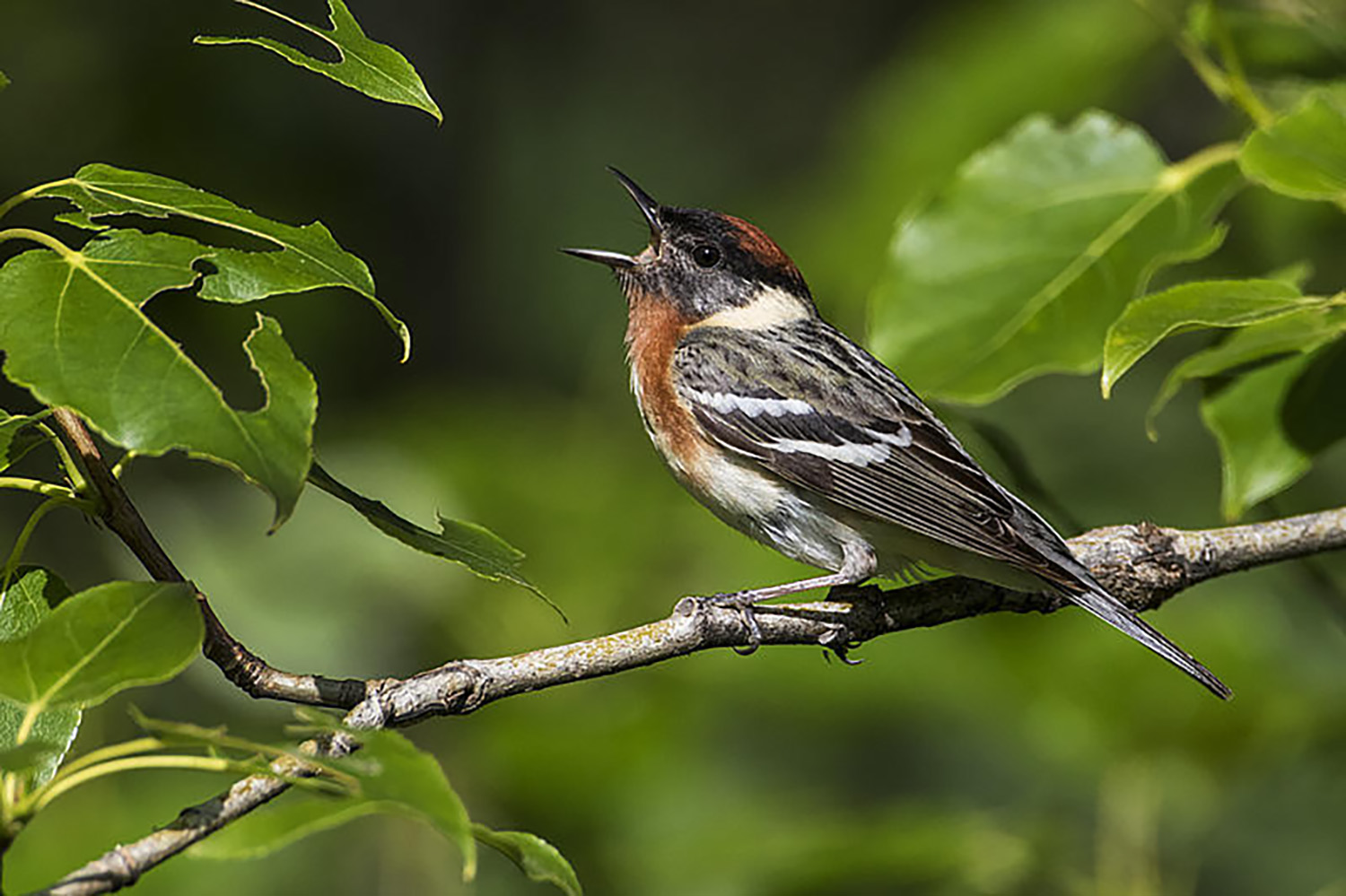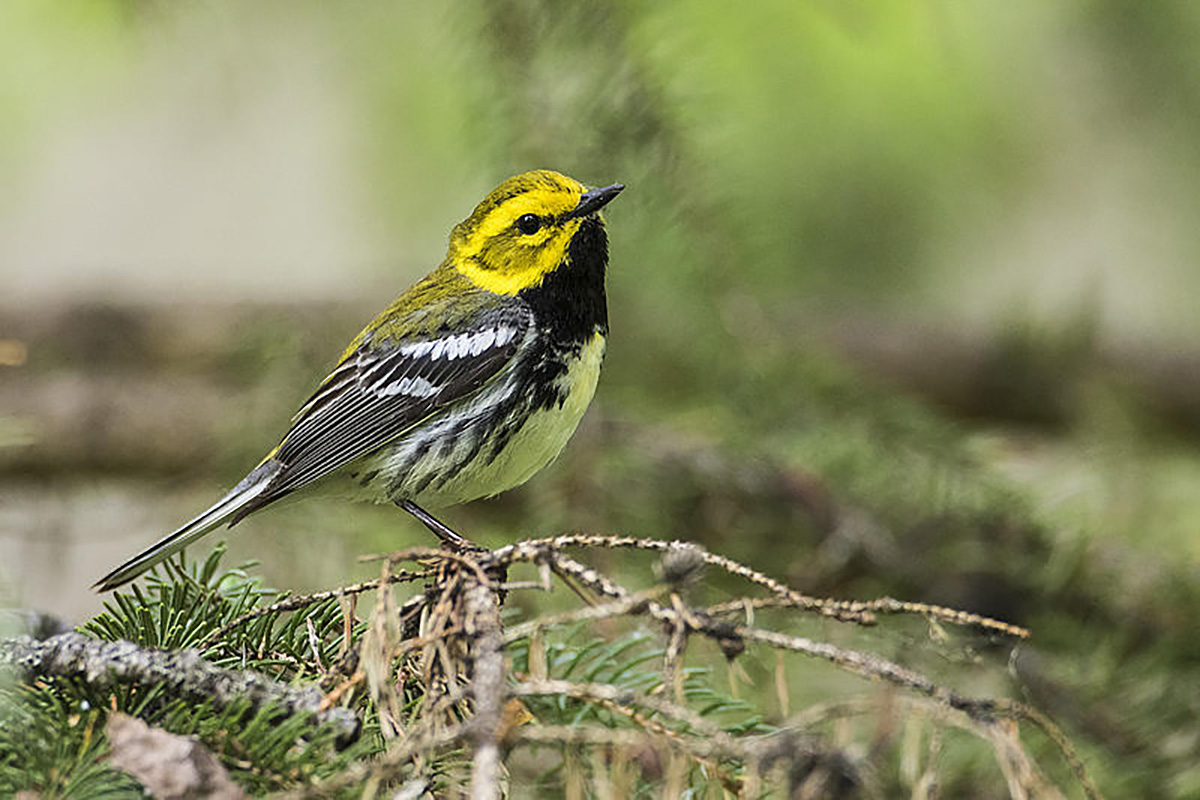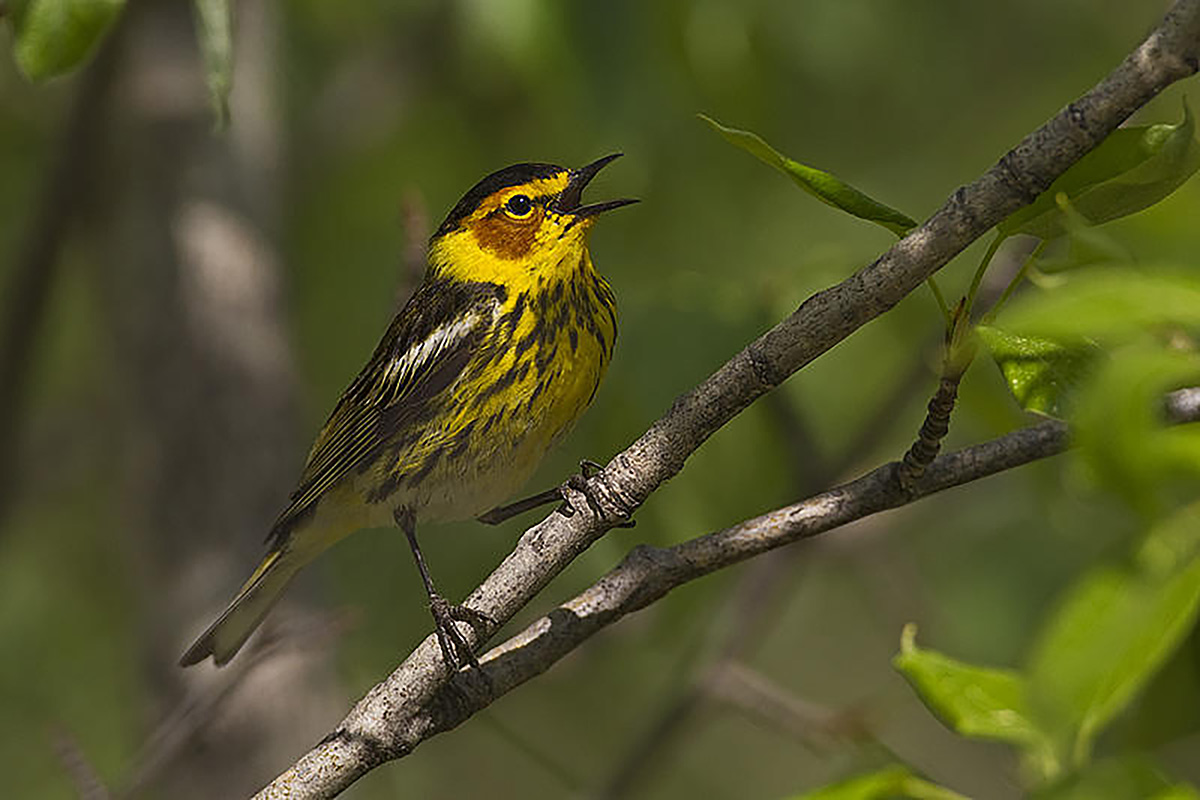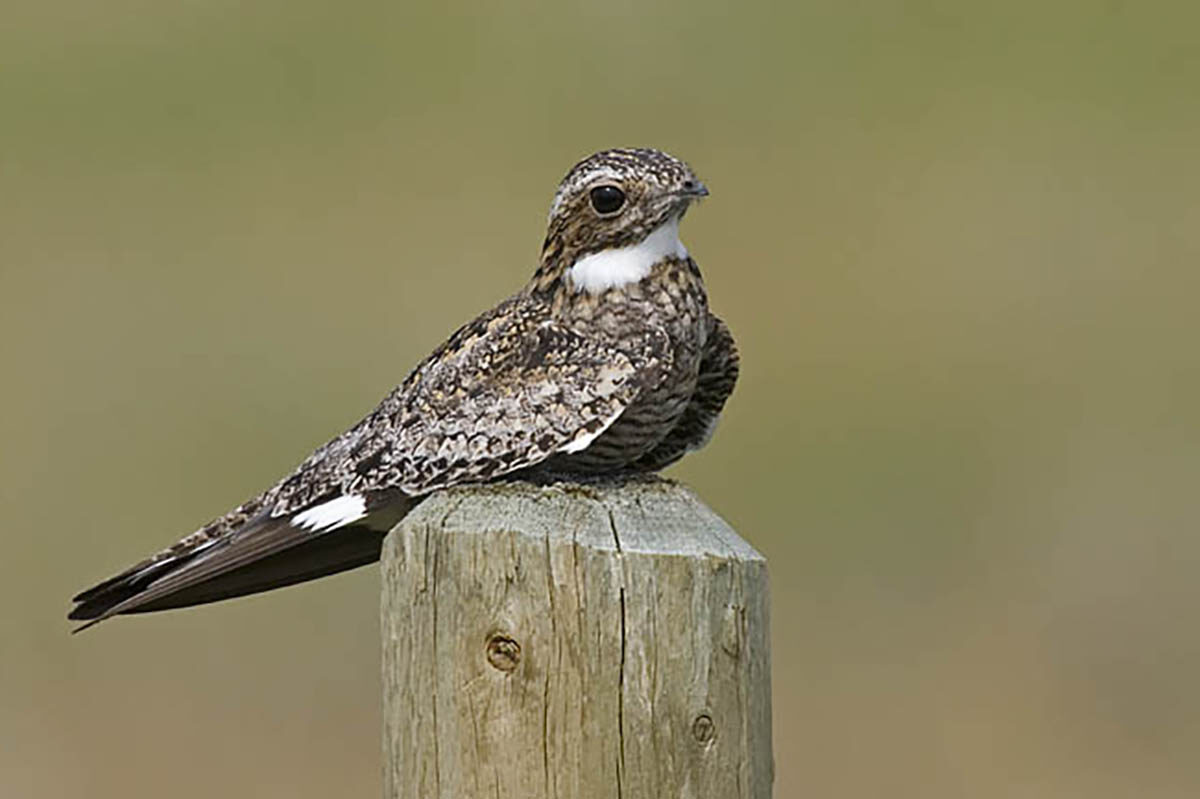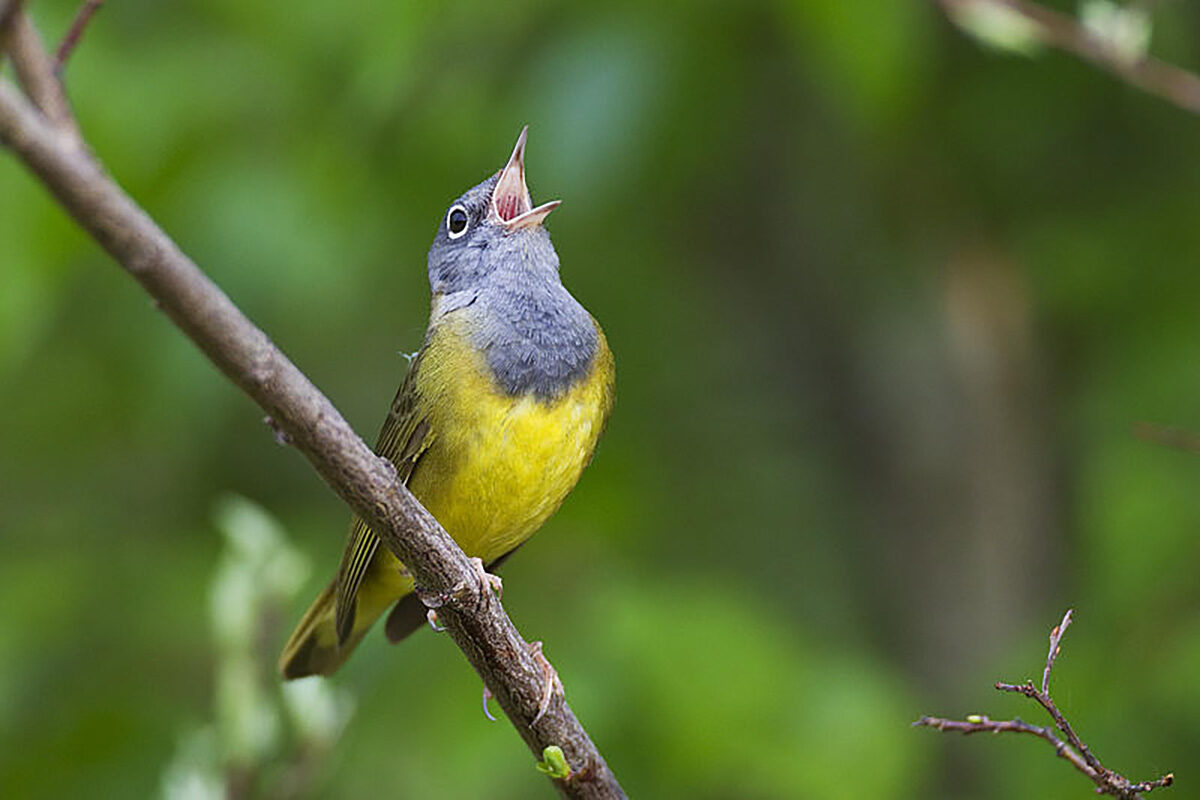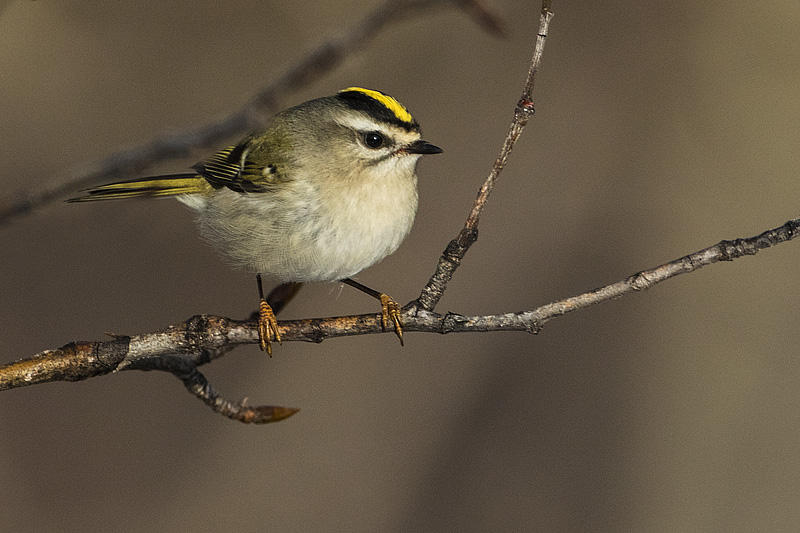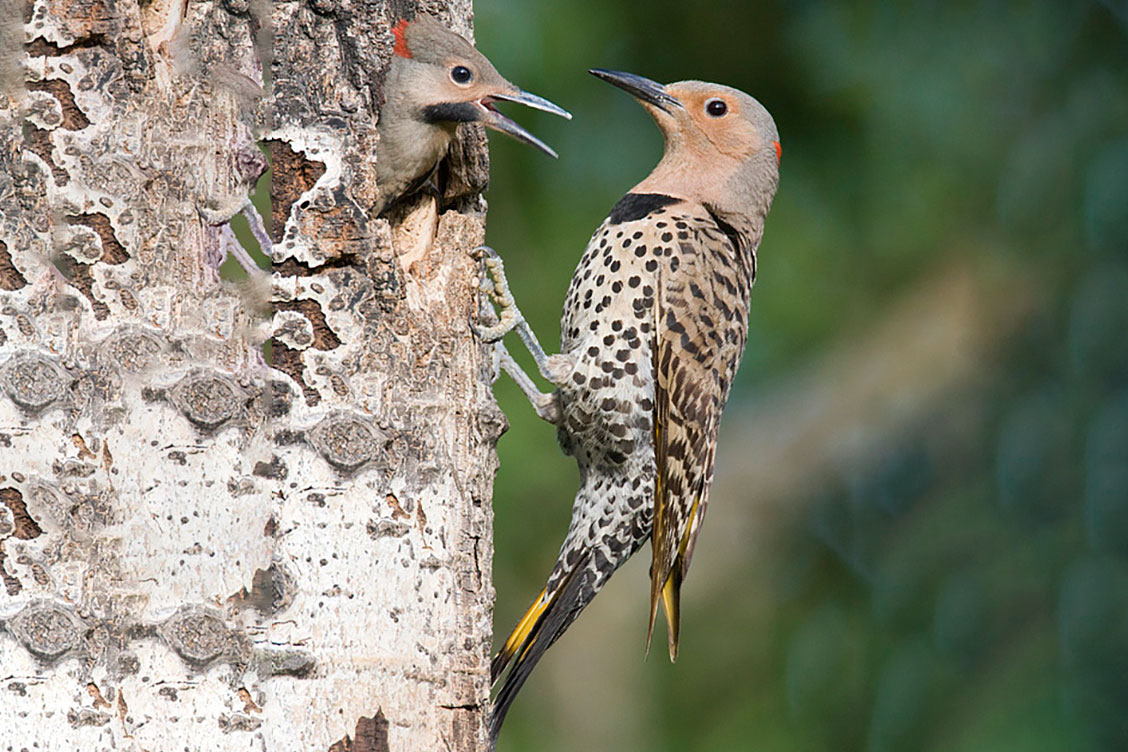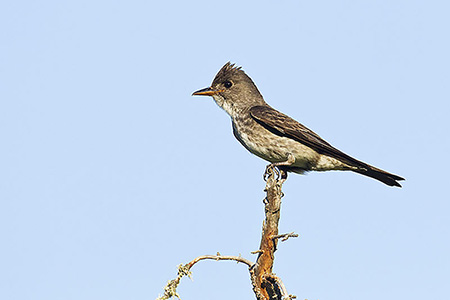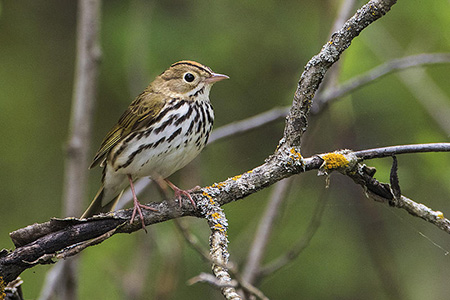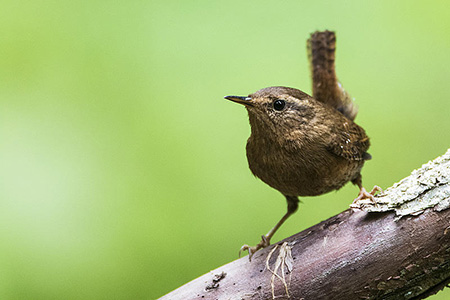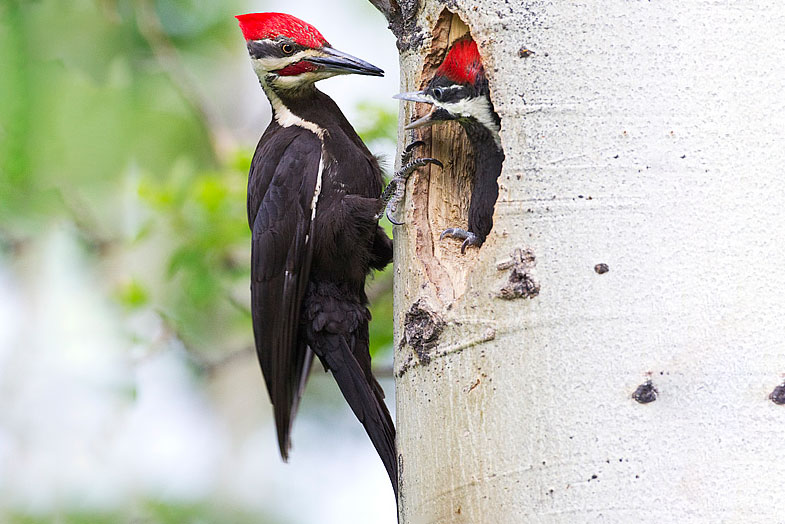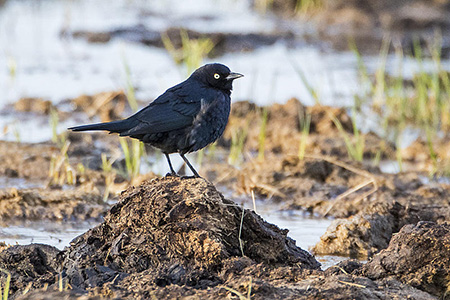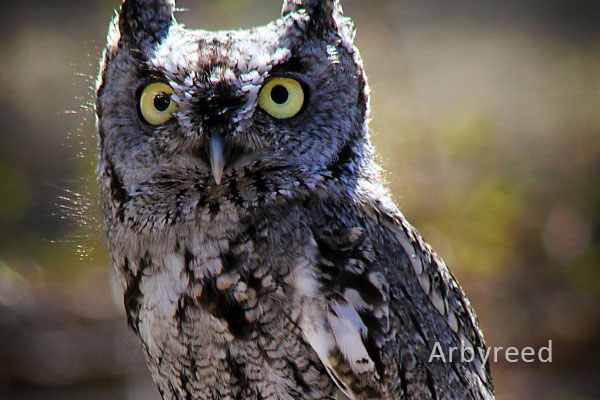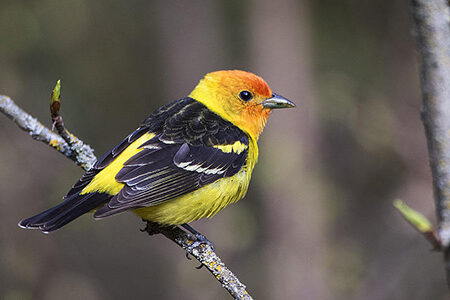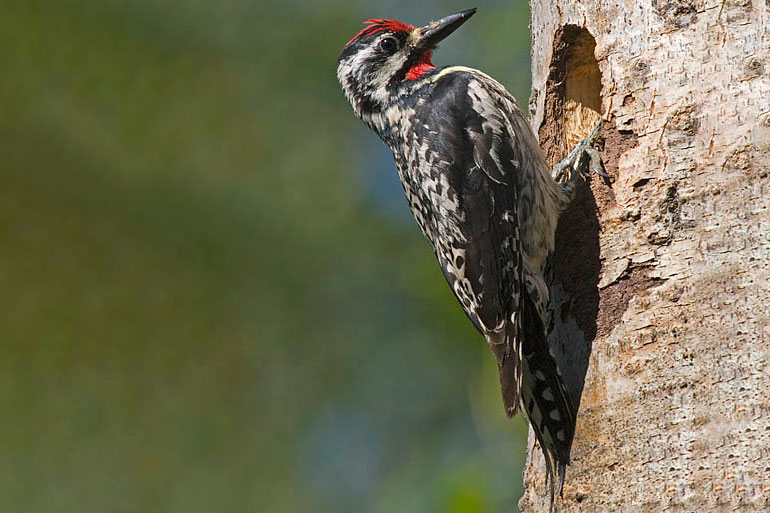The final report for the FRIAA-funded project creating a bird conservation toolkit for use by forest practitioners in Alberta, with information from BC and Saskatchewan as well. The report includes a summary of findings, and species-specific details for many at-risk birds.
Purpose
Forest managers are responsible for balancing many different values on the landscape—not only timber values and sustained yield, but also the environmental and social values and benefits provided by healthy, functioning forests. Forest birds are often highlighted to forest managers due to their obligations and commitments under the federal Migratory Birds Conservation Act and Species at Risk Act, provincial requirements, and voluntary corporate commitments and forest certification programs. A Bird Conservation Workshop hosted by fRI Research in 2016 brought together representatives from industry, research, and government to discuss research and communication needs for more effective conservation of forest birds on managed landscapes. One key take-away of this workshop was that there are large volumes of information on forest birds, but that these are often too spread out, inaccessible, and extensive for time-constrained forest managers and planners to synthesize and apply them. The objective of this toolkit is to compile, synthesize, and identify forest management applications for bird conservation at multiple scales: single species, broad habitats, and the overall landscape.
What the Toolkit Is
This toolkit is intended to be used as a reference document, allowing forest managers and planners to access the information they need, at the level they need, when they need it. It is the result of an extensive review of published literature, species-at-risk documents, and government guidance documents. The extensive results were filtered for forest management opportunities and applications and summarized within short, plain-language accounts. The landscape-level and habitat-level syntheses are several pages long and single-species accounts were limited to one to two pages.This toolkit is intended as a starting point for managers and planners looking to better understand how their management actions may be affecting species of interest at multiple scales, and to provide concrete options to include in their toolbox that will benefit a wide range of species. Potential applications include but are not limited to:
- A quick reference for species of management interest including species-at-risk.
- A training tool for forest planners, operators, and other staff.
- An extensive bibliography of additional references for deeper review when needed.
- Guidance for habitat and landscape level management that balances the needs of species that occupy forests of different ages and conditions.
- Identification of knowledge gaps encountered in the literature, including but not limited to under-studied species and important forest management questions
What this Toolkit Is Not
This toolkit is not prescriptive, nor is it aimed at single-species management approaches. Management recommendations should not be considered as “one-size-fits-all” solutions for either single species or entire forest types. Numerical values have been provided where available (e.g., patch size, retention level) with the intention of providing concrete starting points for a range of approaches, and they are not intended to suggest that repeating a single harvest design will be effective from a bird conservation perspective.
Contact
For questions about the content of the toolkit, contact the authors Sonya Odsen and Matthew Pyper.












